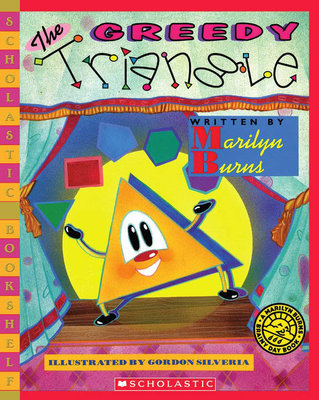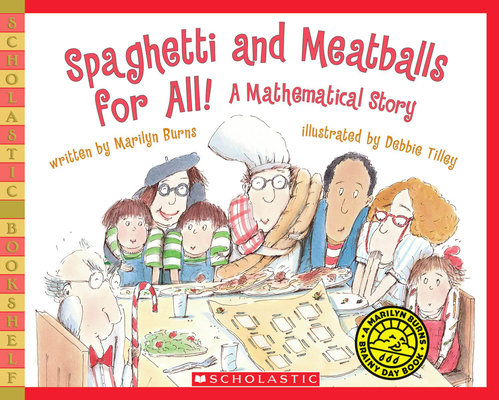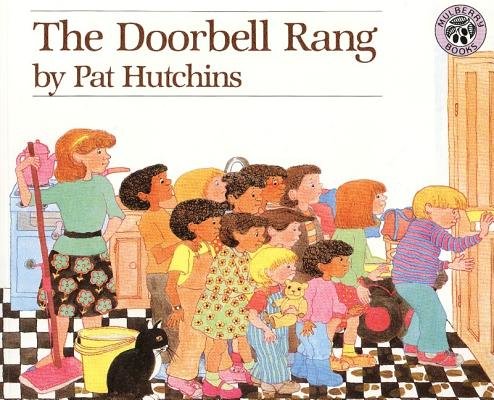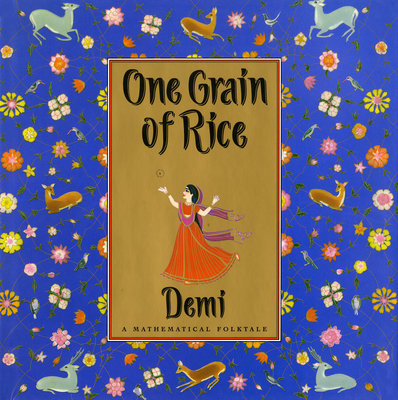Math Stories Your Child Will Actually Enjoy
by Kathryn Haydon
Reading math stories is an easy way to work mathematics into your child’s daily life. They can help endear the subject to kids and provide a reference point when children begin to learn the same concepts in school. Stories can help us see math applied to everyday life, which is often an essential hook for engagement.
It’s important to decide how you will approach reading these books with your kids. For the very young or math-resistant, you can simply read the book as a story. You might consider acting out or trying out the math concepts in real life. If you already have a math lover, the stories can lead to deeper discussions. Regardless of your approach, the five books below will help make math meaningful … without feeling like a school assignment.
-
The Greedy Triangle
Marilyn Burns is a modern genius when it comes to math education. This book encourages kids to connect the geometrical shapes they see in the story to the structures they see around them every day. They are introduced to less-common polygons like nonagons and decagons, and can see how shapes relate to each other. Burns includes two pages of activities that help bring the concepts to life, such as taking a shape walk around town. She also provides sage words of advice on how to read this book aloud in a way that invites imagination and learning.
-
Spaghetti and Meatballs for All!
Ms. Burns strikes again with this hilarious and engaging story about a somewhat chaotic family gathering. Hostess Mrs. Comfort knows exactly how to arrange the tables to accommodate all of the guests. Even though no one listens to her, it all works out in the end. Ideas about area and perimeter come alive in a real-life context, and again there are extension activities that you can use to delve deeper.
-
The Doorbell Rang
A similar storyline to Spaghetti and Meatballs for All!, but the math concept presented here is division. Ma has baked a plate of cookies for her two children, but all of a sudden more people begin arriving at the door. The children are generous in doling out cookies equally, and in the end, grandma saves the day. It’s fun to reenact this story because anything that relates to eating and sharing fresh-baked cookies just has to be good.
-
A Million Dots
Do you really know what a million looks like? This great book, by the author of Frindle, helps kids and parents visualize the enormity of large numbers with fascinating number-related facts on each page. The full content is most appropriate for grade-schoolers on up, but young children can still enjoy the illustrations and dots.
-
One Grain of Rice
The most literary of all of the recommendations, Demi’s retelling of a traditional folktale set in India demonstrates exponential growth. An honest young girl, Rani, outsmarts the greedy raja to save her entire village during a drought. The pictures illustrate exponential growth, and there’s a chart on the final page that lays out the mathematics. Again, this story can be enjoyed by young children on up, each coming to it at their own level of interest and understanding.
These are some of my favorite books that incorporate math of varying levels and forms. I’ve used them to engage children as young as preschool through the upper levels of elementary school in hands-on math learning. And they work!
Do you have favorite activities that you like to do with your kids to apply math concepts in fun ways?





